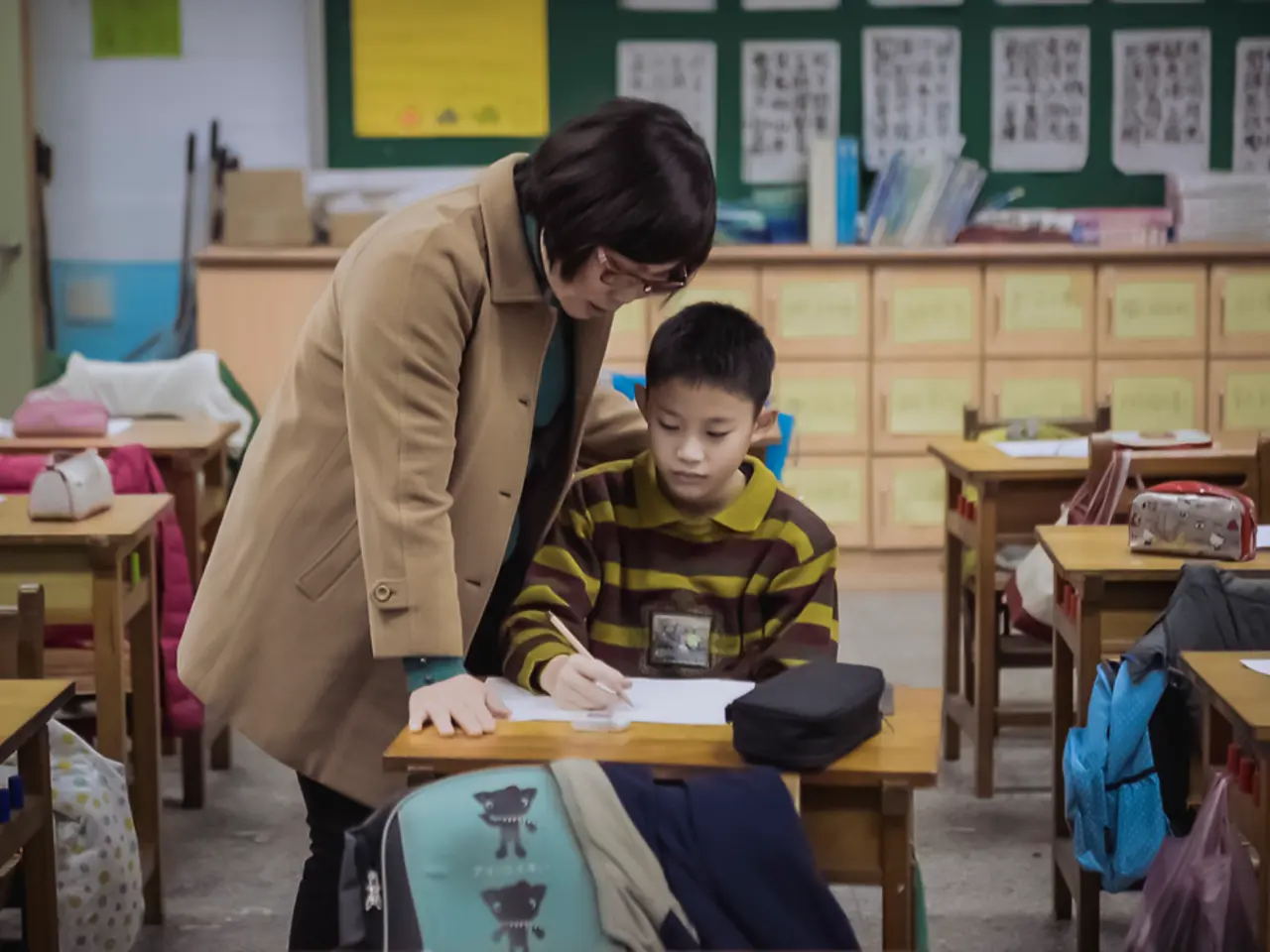Students and teachers from Büttgen recognized with "Memorial Honors"
Dr. Winfried Selbiger, a Jewish general practitioner from Büttgen, found himself targeted by the Nazi regime in October 1933. He was taken into protective custody and subsequently banned from practicing medicine. Faced with persecution, Dr. Selbiger made the decision to emigrate to save his personal freedom.
Fast forward to modern times, Kaarst, the location of the school where Dr. Selbiger once worked, has recently paid tribute to him with a Stolperstein. This small brass plaque, part of a broader European project, is embedded in the sidewalk in front of his last freely chosen residence. The Stolperstein serves as a daily reminder to residents and passersby of the consequences of intolerance and the importance of remembrance.
The Stolperstein project, conceived by German artist Gunter Demnig in 1992, is the world’s largest decentralized memorial. It commemorates not only Jews but also Roma, Sinti, political prisoners, disabled individuals, homosexuals, and others targeted by the Nazis. In smaller towns like Kaarst, these memorials bring attention to local histories that might otherwise be forgotten. They foster education about the Holocaust and encourage reflection on human rights.
The initiative for the Stolperstein in Kaarst was taken by teacher Nadine Graber. She discovered Dr. Selbiger's name during a conversation and felt compelled to honour his memory. Artist Gunter Demnig, along with students, laid the first Stolperstein in Kaarst on October 20, 2022, in memory of Dr. Selbiger.
Mayor Ursula Baum emphasized in the ceremony on Tuesday: "With this honorary award, we in Kaarst are setting a sign for remembrance and clearly stating: Never again!" The city council unanimously voted to honour the project on September 14th.
The Stolperstein for Dr. Selbiger is more than just a memorial; it is a request for forgiveness. Carl-Wilhelm Bienefeld, headmaster of the school where Dr. Selbiger once worked, expressed his gratitude for the research and work done by Reinhold Mohr. He echoed this statement: "Never again is today."
The project course aims to work through the consequences of anti-Semitism over centuries. It was supported by Kaarst's city archivist Sven Woelke, historian Reinhold Mohr, and former mayor Dr. Ulrike Nienhaus. The desire to lay a Stolperstein for Dr. Selbiger on the town hall square was a result of the project course.
In honouring Dr. Winfried Selbiger, Kaarst stands as a testament to the power of remembrance and the importance of never forgetting the injustices of the past. The Stolperstein serves as a poignant local memorial within a wider European initiative that helps communities remember and honour victims of Nazi persecution on an individual level, maintaining the memory of these lives within the very fabric of everyday life.
The Stolperstein project, a decentralized memorial honoring not only Jews but also other persecuted groups, encourages education and self-development by fostering understanding of the Holocaust and human rights. This is evident in the case of Dr. Winfried Selbiger's memorial in Kaarst, as it serves as a daily reminder of the consequences of intolerance and a request for forgiveness.
The project course initiated by Kaarst's city, aiming to work through the consequences of anti-Semitism over centuries, is another facet of other education-and-self-development endeavors dedicated to remembering and honoring victims of Nazi persecution.




